It's Always Groundhog Day in Detroit
“The first real casualty of the current recession may well be the middle-priced automobile. For years it not only provided transportation for the middle class but was a firm steppingstone on the stratified pyramid of personal material progress.” That’s from Time magazine, 1958. A different recession, in a different era. But there can be value in gazing back. That’s how we’re supposed to learn, right? To keep from doing the same stupid things over and over? Or maybe you’re more in the Conway Twitty camp. His message from the same year: It’s Only Make Believe.
Reading some of the coverage of the recession 50 years ago is eerie. You’ve got to keep checking the date of the article to make sure you didn’t accidentally pick up (or click on) something from last Tuesday. Car sales fell 31 percent, unemployment in Detroit hit 20 percent. Lots of people said “worst since the Great Depression.” As with our current recession, prices didn’t fall across the board. Wholesale prices actually rose 1.6 percent. The Democrats made huge gains in Washington.
The differences surface as you drill down. No housing bubble; this one started as commodity prices dropped off. Hedge funds didn’t tumble like Sputniks. Credit did not get tighter than Annette Funicello’s sweaters. When it comes to the automotive industry, the story’s as fresh as ever. The Time article continues:
“[Sales of mid-range cars] are down 51% from the same period last year, far more than other sections of the industry. Production of Oldsmobile has dropped 44%; Buick, which was once in third place, 40%; De Soto 77%; Mercury 64%; Pontiac 31%; Dodge 70%. Ford’s middle-priced Edsel, brought onto the market last year, is a flop.”
The names have changed, but not to protect the innocent. In the first recession following the post WWII boom, half of America’s middle class ducked a new car purchases. De Soto took it hard. Dodge wouldn’t have made it through if hadn’t been part of Chrysler. The axe hung over Olds for another 40 years.
Economics isn’t the whole story.
In 1958, Detroit suffered a design gap. Tastes switched quickly. Suddenly, Motown wasn’t making what the bulk of American’s wanted. (Sound familiar?) As the economy grew from 1945 to 1955, American cars grew as well. Your basic Chevy lengthened by two feet in ten years. Ford grew four feet.
In terms of scale, amenities and prices, entry-level cars moved up, in many cases surpassing what would once have been considered the near luxury or luxury class. The process left nothing beneath. In 1958’s recession, the choice wasn’t between a small Plymouth or Chevrolet. It was between holding on to your current car or taking the bus. This pattern repeats itself for the next 50 years, tracing every boom/bust cycle until it seems inevitable.
As inevitable as the invasion of foreign cars. While nascent after the War, overseas marques were steadily attracting fans. The foreign car market-– British and German, mostly– rose 110 percent, as the market for Detroit iron fell. The European brands were smaller, more fuel-efficient and, people were learning, still fun to drive. The massive increase percentage-wise meant fewer than a quarter-million cars, but another part of the pattern formed. People sampled Volkswagens and MGs and didn’t go back to Impalas and Imperials.
Albert E. Birt, president of Manhattan’s Hambro Automotive Corp., sold 24k British cars in the US in 1957. In 1958, Birt said “The imported-car market might increase to 300,000, but I can’t believe it will go beyond that.” Detroit believed imports carried the threat of hula hoops.
Nor did Motown believe in America’s sustained desire for small, economical cars. The late 50s were a blip. In terms of labor, design, marketing and advertising, small cars were not going be all that much cheaper than full size cars. So why bother?
In the end, American automakers were half right. The pendulum swung in the early 60s. For another decade it was all about size and power. Funny thing about pendulums, though. They keep swinging. GM, Ford and Chrysler weren’t ready for the tune to change in 1972. They weren’t ready for it now. In every downturn, imports make gains. And hold them.
The 1958 recession ended quickly. The lesson– to hedge, to put your eggs in like three or four baskets– was never learned.
“Since its beginning,” Time reported in ‘58, “the U.S. auto industry has narrowed from more than 2,000 different automobiles to 17 makes turned out by five major companies that produce 96% of all cars sold in the U.S. In the future, many of the overlapping models produced by the big five may also disappear.”
Remember the big five? Yeah, next time around no one will remember the big three either. Or, as Connie Francis put it, Who’s Sorry Now?
More by Michael Martineck
Latest Car Reviews
Read moreLatest Product Reviews
Read moreRecent Comments
- AZFelix Let's forego all of this dilly-dallying with autonomous cars and cut right to the chase and the only real solution.
- Zelgadis Elantra NLine in Lava Orange. I will never buy a dirty dishwater car again. I need color in my life.
- Slavuta CX5 hands down. Only trunk space, where RAV4 is better.
- Kwik_Shift_Pro4X Oof 😣 for Tesla.https://www.naturalnews.com/2024-05-03-nhtsa-probes-tesla-recall-over-autopilot-concerns.html
- Slavuta Autonomous cars can be used by terrorists.

















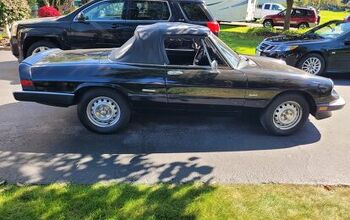
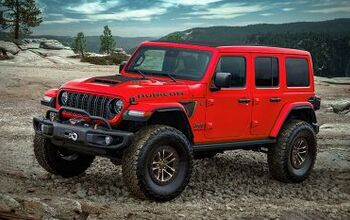
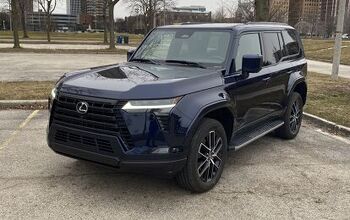
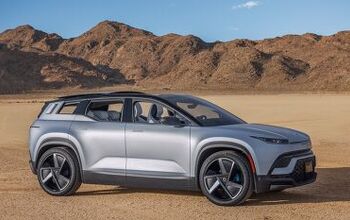


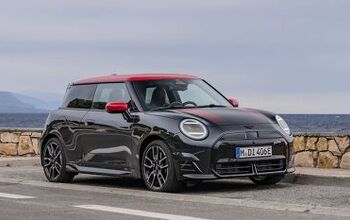
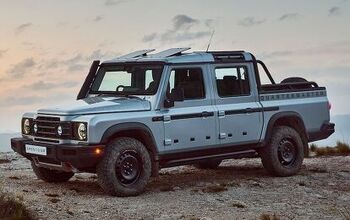
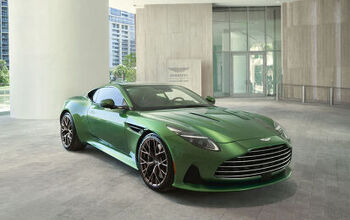
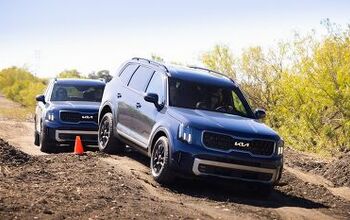

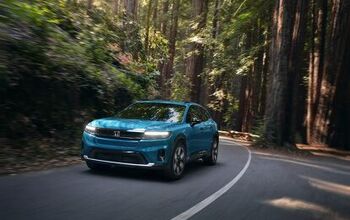



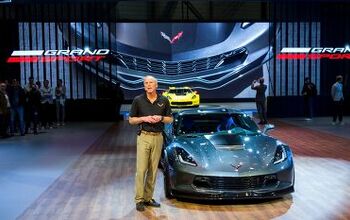
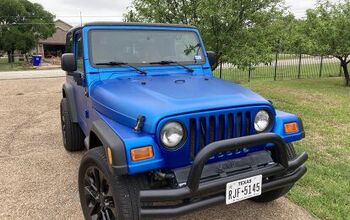
Comments
Join the conversation
I like big cars, REALLY big cars, and I'm only 33....but I'm an anomaly. In 1996 I convinced my parents to buy a Roadmaster because "this is your last chance to buy a real car".